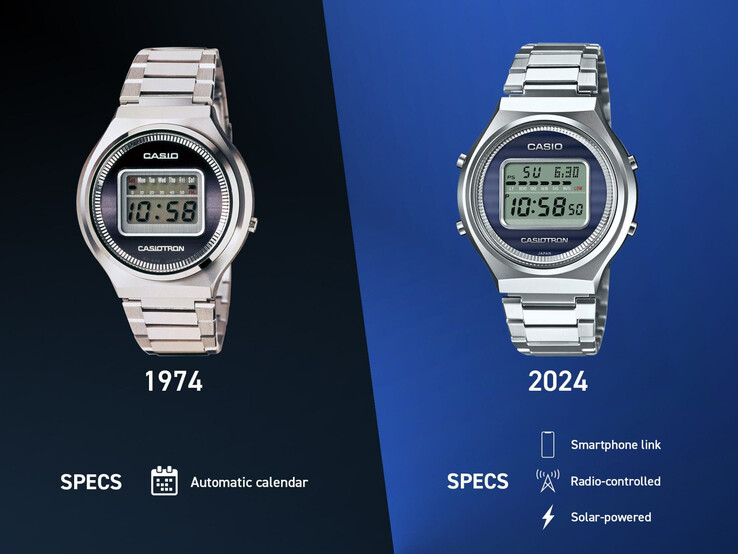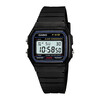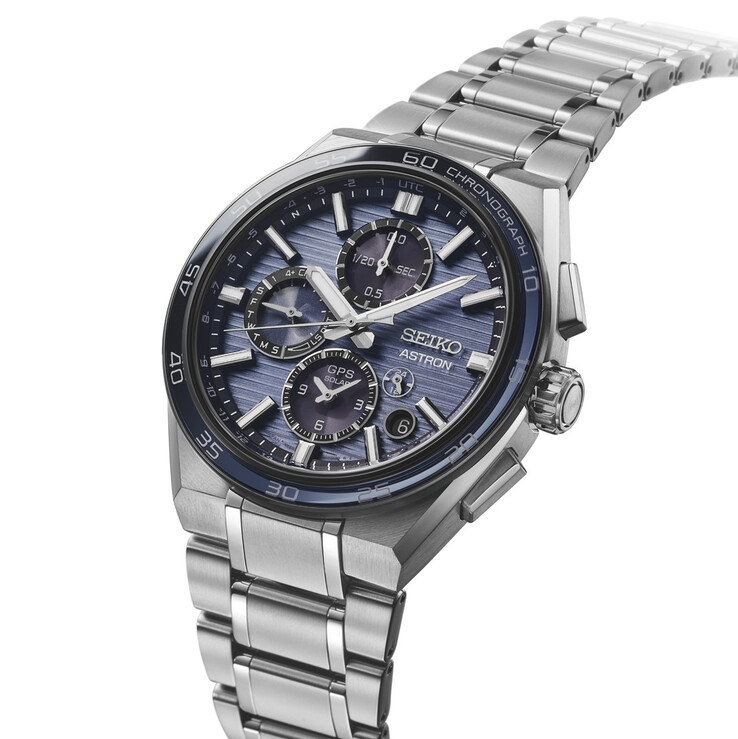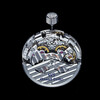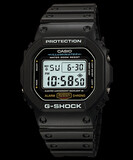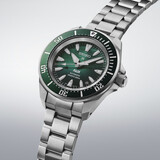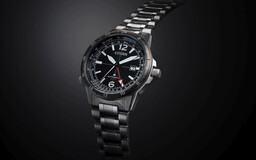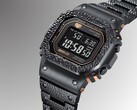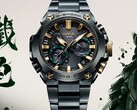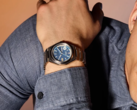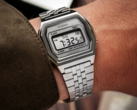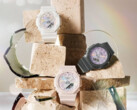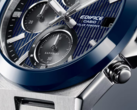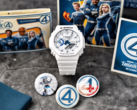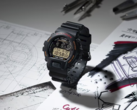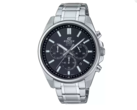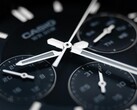CheckMag | Casio vs Seiko vs Citizen: Which Japanese timepiece is right for you, and why?
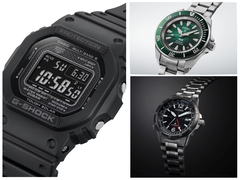
Japan’s "Big Three" watch brands - Casio, Seiko, and Citizen - have each made a global name by delivering reliable timepieces that balance quality with value. All three are huge Japanese manufacturers, and quartz technology dominates their sales. Yet, each brand has its own heritage and focus, meaning the best choice depends on what you’re looking for in a watch.
Casio: Rugged designs and a lot of value
Casio may be the youngest of these brands, but it revolutionized the concept of a tough, no-nonsense watch. Founded in 1946 as an electronics company, Casio started out making calculators before releasing its first wristwatch in 1974 (the digital Casiotron). Casio excels at battery- or solar-powered digital and analog watches packed with technology.
One of Casio’s greatest contributions to watchmaking is the G-Shock, introduced in 1983 as a digital watch built to withstand shock, vibration and harsh environments. The G-Shock line quickly became legendary for its extreme durability - it’s not uncommon to see G-Shocks worn by everyone from soldiers and adventurers to students and athletes.
Many Casio models cost well under $50 - the classic F-91W digital (curr. $16.83 on Amazon) is nearly always priced under $20 - yet they reliably keep time and require next to no maintenance. In a nutshell, Casio stands out for tough, feature-packed watches at budget prices - perfect for those who prioritize durability, functionality and low cost.
Seiko: Tradition and innovation
Seiko is the oldest of the trio, and it’s also a proven innovator. Founded in 1881 by Kintarō Hattori as a small Tokyo clock shop, Seiko grew into one of Japan’s most respected watchmakers over the 20th century. The brand built its name on precision and craftsmanship, producing Japan’s first wristwatches in the early 1900s. Seiko offers a far larger selection of mechanical watches than either Casio or Citizen.
Seiko is also famously the architect of the Quartz Revolution. In 1969, Seiko introduced the Astron, the world’s first quartz wristwatch - an invention that stunned the industry with its accuracy (and affordability). In 1999, Seiko unveiled the Spring Drive movement, a unique hybrid that combines a mechanical mainspring with an electronic regulator, achieving quartz-level accuracy with a smooth sweeping seconds hand.
In terms of design and range, Seiko has something for every taste. The brand’s catalog spans from rugged sports models to elegant dress watches. Across the board, Seiko watches are known for their understated, timeless style and meticulous Japanese build quality. For those who value both tradition and innovation, and want a watch with lineage and substance, Seiko is an excellent choice.
Citizen: Technical precision and quality craftsmanship
Citizen completes the triumvirate as a brand that champions practicality and everyday usability. Established in 1930, Citizen’s very name was chosen to convey a democratic ethos - the goal of making watches "for every citizen," i.e. accessible to ordinary people. A prime example is Eco-Drive, Citizen’s signature solar-power system introduced in 1976. Eco-Drive watches have solar cells integrated into their dials, allowing them to charge from sunlight or even indoor light and run for months in the dark.
Apart from features like atomic timekeeping and GPS syncing, Citizen has even pushed the boundaries of quartz accuracy - in 2019 it introduced the Caliber 0100 "Chronomaster" movement, accurate to within ±1 second per year, one of the most precise timekeepers ever made. The brand produces a wide array of watches from dive models to pilot styles and classic everyday pieces.
Many Citizen watches use durable materials (titanium is a Citizen specialty) and have features like 200m water resistance or anti-magnetic cases, making them "go anywhere, do anything" timepieces. Citizen’s core strength is delivering "reliable, tech-driven watches with unbeatable value," as one overview put it. These are watches you can wear every day - to the office, on a hike, or anywhere in between - and they just work without fuss. If you want cutting-edge technology and real-world practicality in your timepiece, Citizen shines in that regard.
Now, how do you choose the right Japanese watch for you?
Go Casio if you need a worry-free workhorse.
G-Shock squares such as the DW-5600 are built around a shock-resistant module and carry 200 m ISO-rated water-resistance, meaning you can knock them about, swim, or forget them at the bottom of a rucksack without consequence. They run on inexpensive quartz or solar movements and cost less than a night out (in some instances), so replacement or repair is never a financial headache. In short: if toughness and low price are your deciding factors, pick Casio and move on.
Pick Seiko when you want real mechanical watchmaking on a sensible budget.
The Seiko 5 line still offers an in-house automatic movement, day-date display, and decent water resistance for well under $300 - features that once required Swiss-level outlay. The platform is also where many collectors start before climbing to Prospex divers or even Grand Seiko, so choosing Seiko gives you a clear upgrade path without switching brands. If you value traditional engineering and future collectability more than gadget features, Seiko is the straightforward choice.
Choose Citizen if set-and-forget convenience matters most.
Eco-Drive models convert any light into power and store it in a long-life cell, eliminating routine battery swaps altogether. Many references add radio-controlled or GPS time-sync for accuracy you never have to adjust. If you hate maintenance and want a watch that stays charged and correct on its own - whether it’s a dress piece or a 200 m Promaster diver - Citizen is the pragmatic answer.
Source(s)
Casio, Seiko, Citizen, Hodinkee




